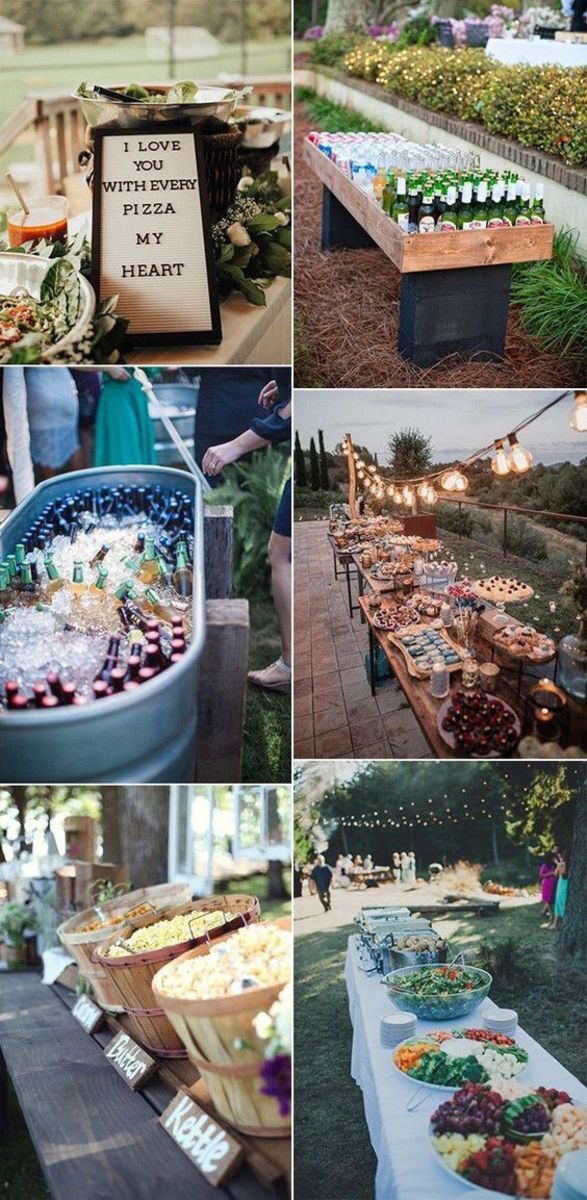Bartending Terms and Bar Terminology From A to L - words a bartender needs to know
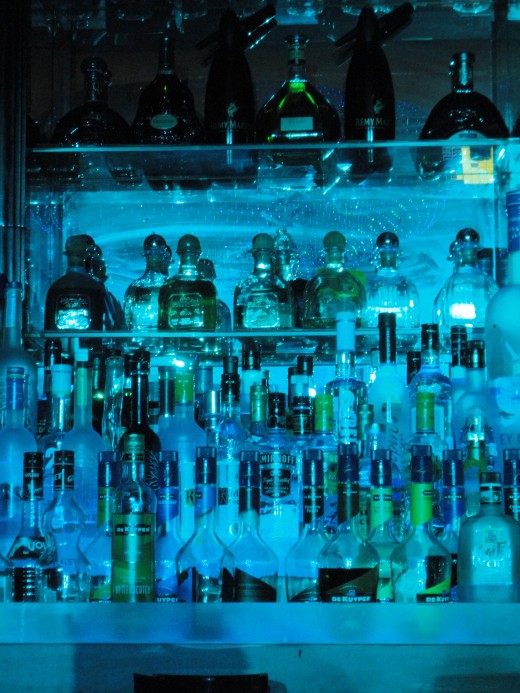
Bar terms, bartender terminology or bartender lingo, call them what you will, it’s all the same – The words you need to understand to be a good bartender. Every profession and industry has them. Learning the terms is not difficult, many self-explanatory.
The list below can be considered a bartending dictionary - an A - Z of strictly bartender terms. Well not quite! This is A-L. M-Z is found through the link box ;)
- Back - a 'back' is a
small glass of something (like water or cola) which accompanies a drink. It is also called chase or chaser.
Eg. "Scotch on the rocks with a water back."
- Bar Spoon - a long mixing spoon. Often it has a lemon zester or something similar on the other end so the bartenders can use it for multiple purposes and not have to switch tools.
- Bitters - a herbal alcoholic blend which is meant to be added to cocktails to boost flavor (e.g a Manhattan is rye, sweet vermouth and a couple dashes of bitters). Angostura Bitters is one of the most popular brands and is said to be very healthy for you. It was first invented by a German physician for stomach maladies in 1824.
- Blend - To mix up ingredients and ice in an electric blender. Depending on where you live, these could be called frozen drinks or blended drinks.
- Build - means to make a drink. Starting with ice and then “building” the drink by adding in other ingredients (i.e. alcohol, juice, garnish etc).
- Call Drink – This is when the customer knows what they like and orders a drink by giving both the specific name of the liquor and the name of the mixer. E.g. Tanqueray Ten and Tonic, Bacardi and Coke.
- Chaser – Can be anything that is used to drink quickly after a ‘harsh’ drink or shot. It’s purpose is to mask the taste or get rid of the after taste some liquors can leave in your mouth.
- Chill – Many high-paying customers will expect their glass be chilled before their drink is served. To chill a glass add ice and then water to any glass and let sit for a minute or two (while mixing the drink in a shaker). Pour out the contents of the glass and strain the drink into the chilled glass. Often used for martinis. The idea is that the chilled glass will keep your drink chilled longer.
- Cocktail - A mix of alcohol and mixer (like soda or juice). It can be shaken, stirred, or layered. The number of cocktails that exist are infinite, but the classics will live forever.
- Cooler – A bottled-alcoholic beverage offered in a variety of different alcohols - vodka, rum, wine – and in a variety of flavors. (E.g. Smirnoff Ice, Wildberry cooler, Mike's Hard Lemonade).
- Dash - A few drops or a very small amount of an ingredient.
- Dirty – Always means add olive juice. Adding olive juice to a martini makes it a Dirty Martini. The more olive juice, the dirtier the martini.
- Dry - Very little vermouth added to a martini. Extra dry martini is a drop of scotch swirled around the martini glass and then poured out before adding the gin. Very fancy!
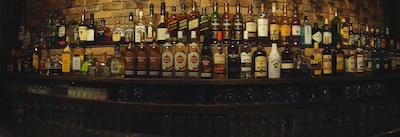
- Flame - Setting a drink on fire. It's not recommended to flame drinks unless you are VERY skilled. Bad things can happen! Sambucca is often lit on fire to heat it up before putting the flame out and drinking it. Another common method is to use 151-proof rum, which is very flammable.
- Float - when one alcohol sits on top of another alcohol in a shooter glass and does not mix. This can be done by very carefully pouring the liquor down the side of the glass or pouring the liquor over an up-side-down spoon, allowing the alcohol to trickle off the spoon, down the side of the glass. (E.g. a B-52 shooter contains Kahlua, Irish Cream and Grand Marnier. Kahlua is heavier than Irish Cream which is heavier than GM so each one floats on the other).
- Free Pour – This is when you pour an alcoholic drink without using a shot glass to measure. The most common method to do this and still remain fairly accurate in pouring is to count. 3 or 4 second pours are the most excepted.
- Frost - Dip a glass in water, let it drain up-side-down for a few seconds and then put it in the freezer. A layer of frost will form around the glass in a few minutes. This works especially well for beer mugs.
- Garnish – Garnishes can be a very important addition to the drinks your serve. It’s something added to a drink after the ingredients to enhance the presentation, usually fruit, (maybe an umbrella!) Most common garnishes are lemon slices or lime wedges, cherries, olives etc. Some are purely for looks and can get quite big. And some really do add to the flavor of the drink.
- Highball - Any liquor served in a tall glass mixed with soda.
- Jigger – This tool is in the hour-glass shape. It’s a steel-measuring device, one side measures 1 ounce (30ml) and the other measures 1½ ounces (45ml). But they can come in all sorts of different sizes.
- Layer - Layering is the same as floating. The heavier alcohol goes on the bottom and the next, lighter alcohol will float on top if done correct. Read Floating for a further explanation.
That's almost about all the bar terms you'll need to know as a bartender.
Click through the link to find M-Z!
CHEERS!
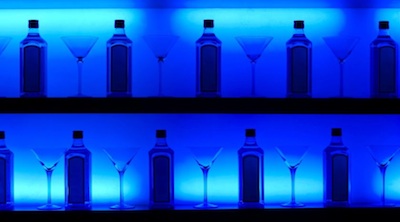
Other Hubs from BarsAndBartending
- Bar Terms and Bartender Terminology From M to Z
- How to Cut Someone Off -Tips on How a Bartender Can Cut Off a Drunk
Cutting off a drunk can be a nuance. Telling them they can not be served another drink - is tough for bartenders. Even if the customer is unliked, it's still not easy. In fact, it can be worse. - Bartender how to's - Stacking and Fanning Cocktail Napkins
Bartending tips and bartending tricks can be a bartender's best friend. Bartending tips - like learning simple napkin tricks - are a simple way to add a little extra something to your presentation. - Mixology
Mixology is the study and skill of preparing and mixing drinks. The difference between a mixologist and bartender is small and somewhat of a personal opinion. But the general consensus is... - Bartending Salaries - including Bartender Wages and Tips - from around the World
Interested in travelling and working as a bartender? Here's what to expect in term of wages, tips and custom in England, Ireland, Australia, Canada. and America.
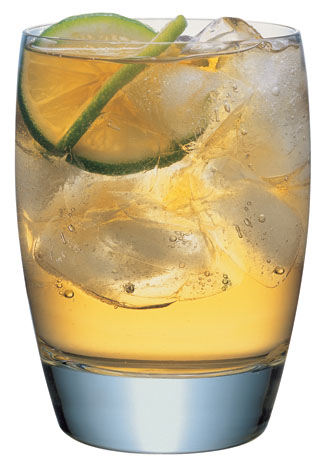
- Bartending Video Tutorials
Learn how to become a bartender FREE with these videos. - Click to Download Your Free Bartender Cheat Sheet
Download the #1 bartender cheat sheet on the net...for FREE Printable PDF version of a bartender's cheat sheet - all the drink recipes every good bartender needs to know - and none of the ones no one knows.

